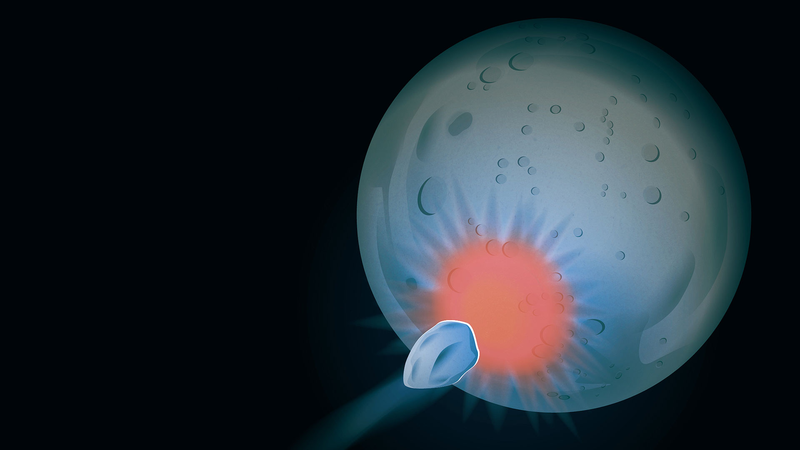A team of Chinese scientists analyzing lunar samples from the Chang'e-6 mission has confirmed that the moon's largest and oldest impact crater—known as the South Pole-Aitken (SPA) basin—formed 4.25 billion years ago. This breakthrough discovery is sparking excitement as it helps unlock the mysteries behind the moon's early evolution and the origins of our solar system. 🚀🌕
Researchers examined about 1,600 fragments from just 5 grams of samples, identifying 20 distinct norite clasts that bear the signature textures, mineralogy, and geochemistry of an impact event. Using precise lead-lead dating on zirconium-bearing minerals, they unearthed evidence of two major impacts: one dating back to 4.25 billion years and a later event at 3.87 billion years. These findings mark the first direct, sample-based confirmation of the SPA basin's formation.
The 4.25-billion-year-old impact likely occurred roughly 320 million years after the birth of the solar system, offering a crucial anchor point for refining the lunar cratering timeline. It’s like solving a giant cosmic puzzle, revealing insights that resonate with young space enthusiasts, professionals, and students alike.
Launched on May 3, 2024 from the Chinese mainland, the Chang'e-6 mission returned nearly 2 kilograms of lunar material on June 25, 2024, marking a significant leap forward in our understanding of lunar history. This discovery not only redefines our cosmic timescale but also inspires us to keep exploring the vast mysteries of the universe!
Reference(s):
Chang'e-6 samples date moon's oldest impact crater to 4.25b years ago
cgtn.com




